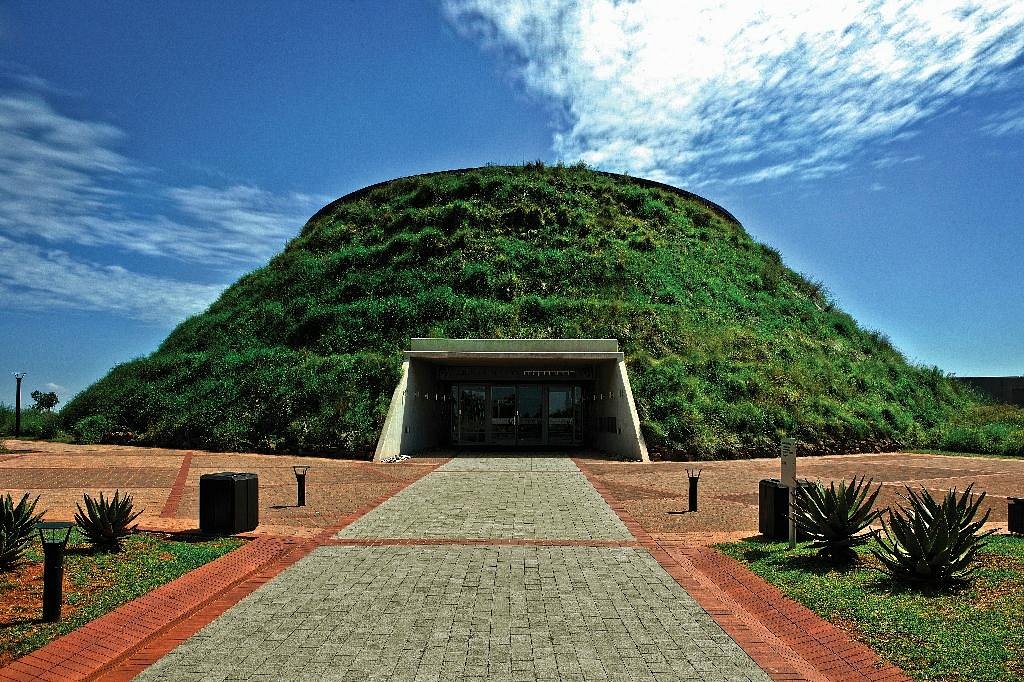
What is the Cradle of Humankind?
The Cradle of Humankind (originally known as Cradle of Mankind) is an area in South Africa. Fossilised remains of ancient forms of animals, tools, plants and most importantly, hominids have been found in many dolomitic limestone caves.
These traces provide valuable information about human evolution. The oldest evidence dates back three (3) million years or more.
The Cradle of Humankind was declared a UNESCO World Heritage site in 1999. It is one of eight World Heritage sites in South Africa.
Where is it Located?
The Cradle of Humankind is located around 50 kms from Johannesburg. It covers an area of around 470 km2 in the provinces of Gauteng and North West. There are 13 major fossil sites in the region. Sterkfontein, near Krugersdorp, is the best known of these sites. Other sites include Swartkrans, Kromdraai, Drimolen, Bolt’s Farm, and Gondolin. Sites excavation is underway.
Thousands of fossils including hominin (i.e. modern humans and their ancestors) were discovered in 1930 in the Cradle of Humankind.
Sterkfontein has proven to be one of the richest sources of information about human evolution.
Fossils were first discovered there when the area was being mined for lime deposits.
In 1936 a palaeontologist from Pretoria, Robert Broom, began collecting fossils found by lime miners. Eventually, remains of early humanlike creatures, now called Australopithecus africanus, were uncovered. Australopithecus africanus is one of several extinct hominins.
The most famous fossils discovered in the Cradle of Humankind are known as Mrs. Ples and Little Foot. Both were in caves at Sterkfontein. Robert Broom uncovered Mrs. Ples in 1947, an Australopithecus africanus skull that is estimated to be between 2.5 and 2.8 million years old.
Courtesy of: Private Safaris
Images & Facts Sourced: wikipedia.com; heritagecollection.co.za; maropeng.co.za; visi.co.za.
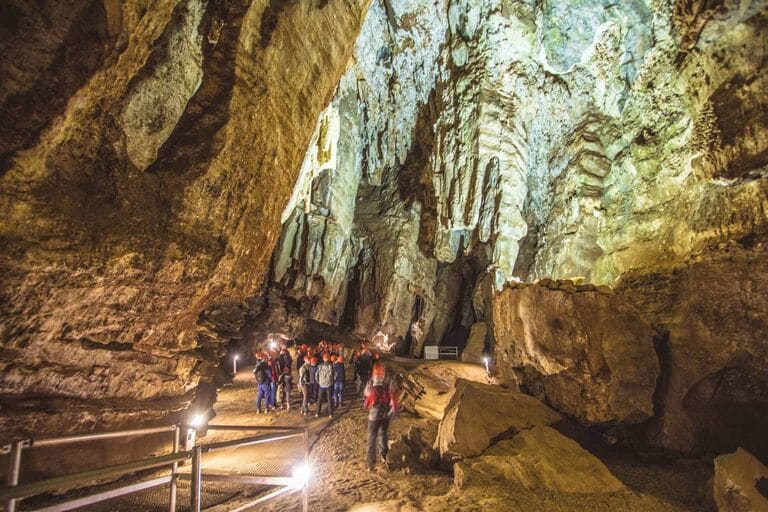
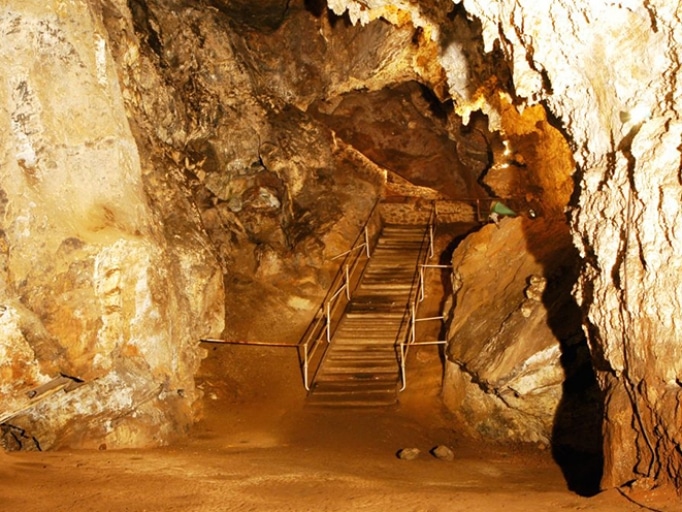
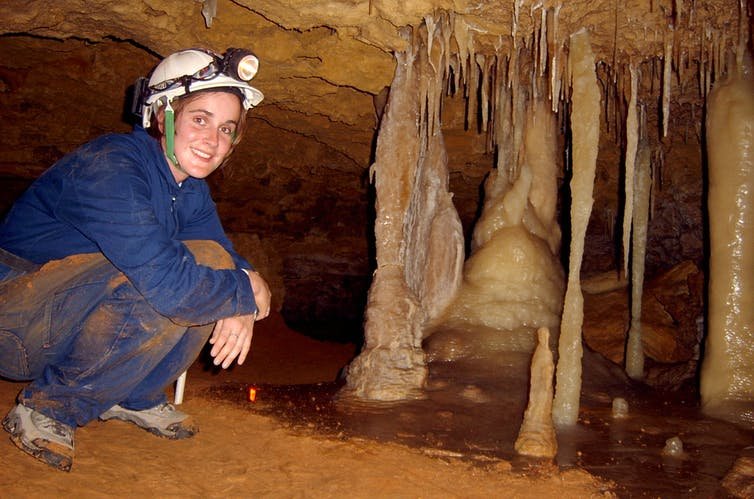
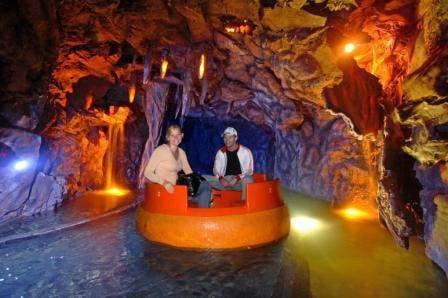
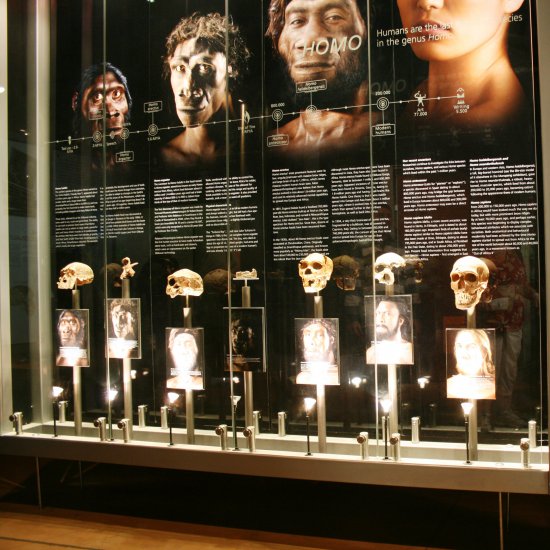
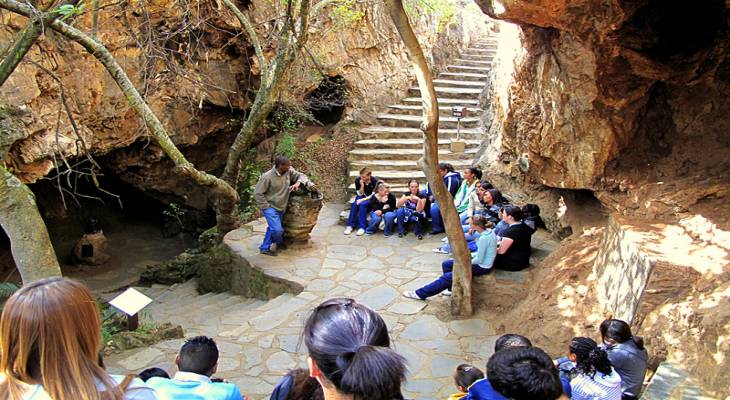
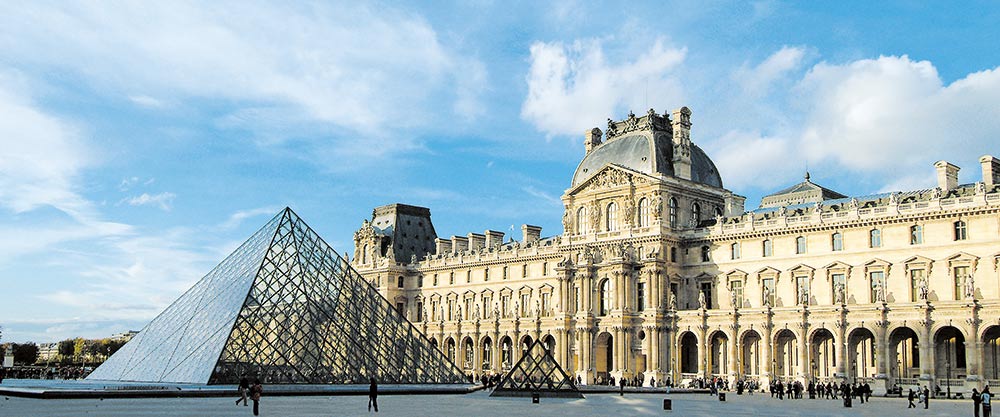
Musee du Louvre was originally commissioned as a fortress. In 1793 it opened its doors as a museum.
In 1682, Louis XIV moved the royal court to the Palace of Versailles.
In 1797, Napoleon raided Italy’s monasteries and churches and brought back artwork …mainly the masterpiece Veronese’s “Wedding Feast at Cana” and had to cut it in half as it was more than 700 square feet.
In 1882, Ecole du Louvre was founded and it is the training ground for future curators and excavators.
In 1911, the Painter Pablo Picasso was accused of stealing the Mona Lisa from the Louvre.
During the German occupation, the Louvre moved around 4,000 artwork to Château de Chambord.
The Ministry of Economy occupied the building until the President Francois Mitterand dedicated the entire space to Arts.
It will take you 200 days to see each of the 35,000 works of art on display.
Did you know that the museum has roughly 550,000 works, most of which it keeps locked up in storage.
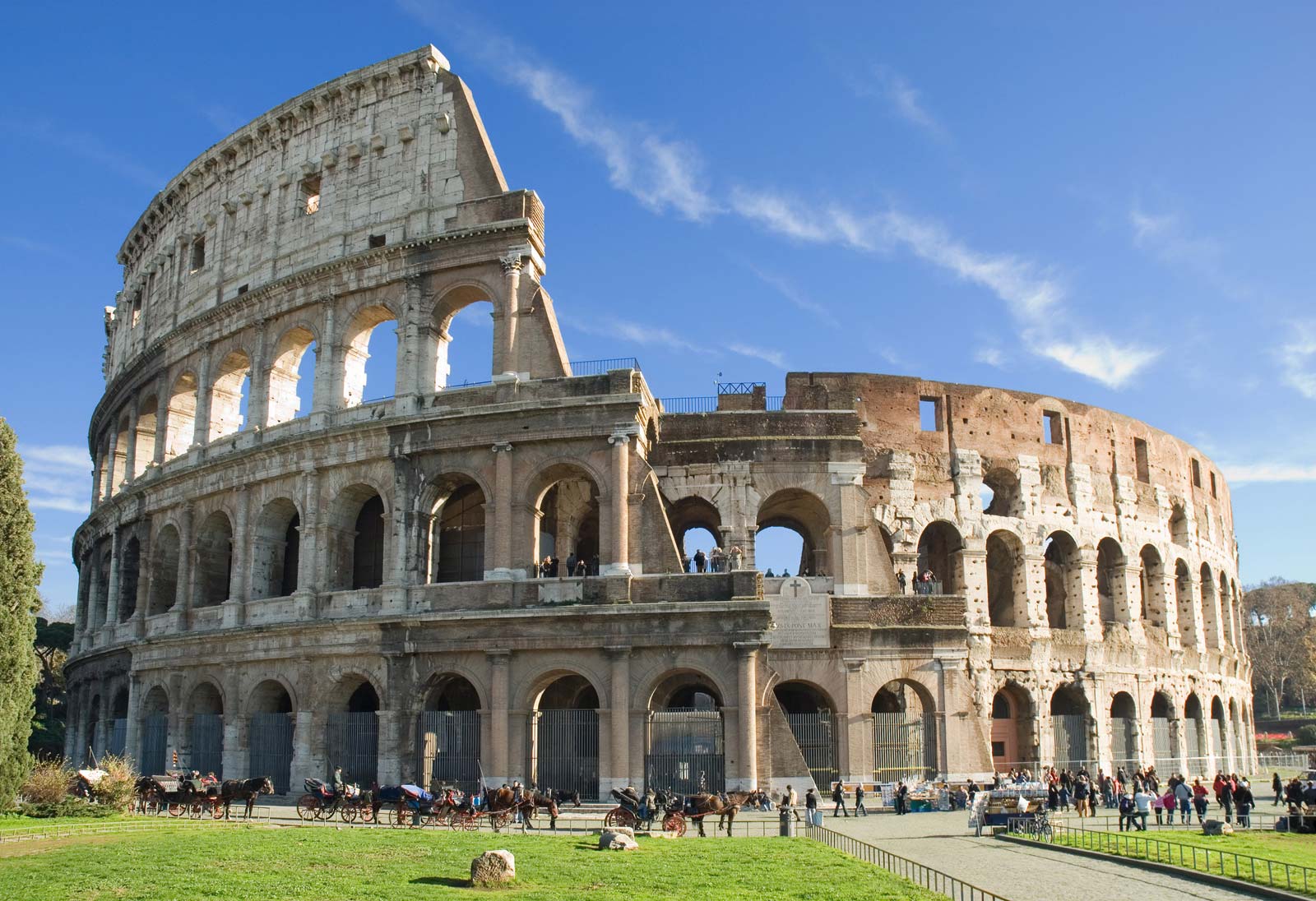
As far as the travel world goes, there was little to nothing good that came out of the pandemic in 2020.
Nor, do I suspect, anything good will emerge in 2021 until the effects of the vaccines kick in later this year – if enough people take it.
If anything positive came about from the ravages of the virus, it was two-fold.
One, the airlines, the cruise lines, hotels all realized how much more cleaning and sanitizing they could be doing. Two, the other thing that was a plus was that the world’s great monuments and architectural treasures got a break. … it was a respite from the constant influx of tourism and in many ways refreshing to see wildlife venture out, or waters of the Venice canals turn so clear you could see the fish.
Virtually every great statue, monument and structure is in need of dire repair. That takes money, of course, and the natural place to turn to is the government. But governments around the world are tapped out, especially as long as the coronavirus pandemic continues.
Instead, Italy has a novel plan and before you dismiss it out of hand consider where we are in the world today.
Corporate sponsorship.
…According to Bloomberg News, Italy has been doing this novel approach for years to help finance the restoring and maintaining its plethora of fountains, statues, historic palazzi and ancient archaeological sites. The city’s latest idea is a two-year deal with Confindustria, a national association of thousands of Italian companies, which will facilitate “acts of patronage and sponsorship” toward a list of sites and monuments in need of funds.
Tourism and tourism authorities will have a huge role in this. Tourism authorities will be charged with courting potential sponsors… tourists would pay a modest increase if they knew that, according to Bloomberg, just in Italy alone The Fountain of Neptune in Piazza Navona is in need of $270,000 for its restoration; $83 million to maintain Rome’s vast network of ancient walls; and $238 million for maintenance in the city’s huge public parks, such as the Villa Borghese and the Villa Doria Pamphili.
Pricey, yes.
Please click on the link for the whole story: https://www.travelpulse.com/opinions/column/tourism-has-a-responsibility-in-preserving-worldwide-monuments-and-landmarks.html
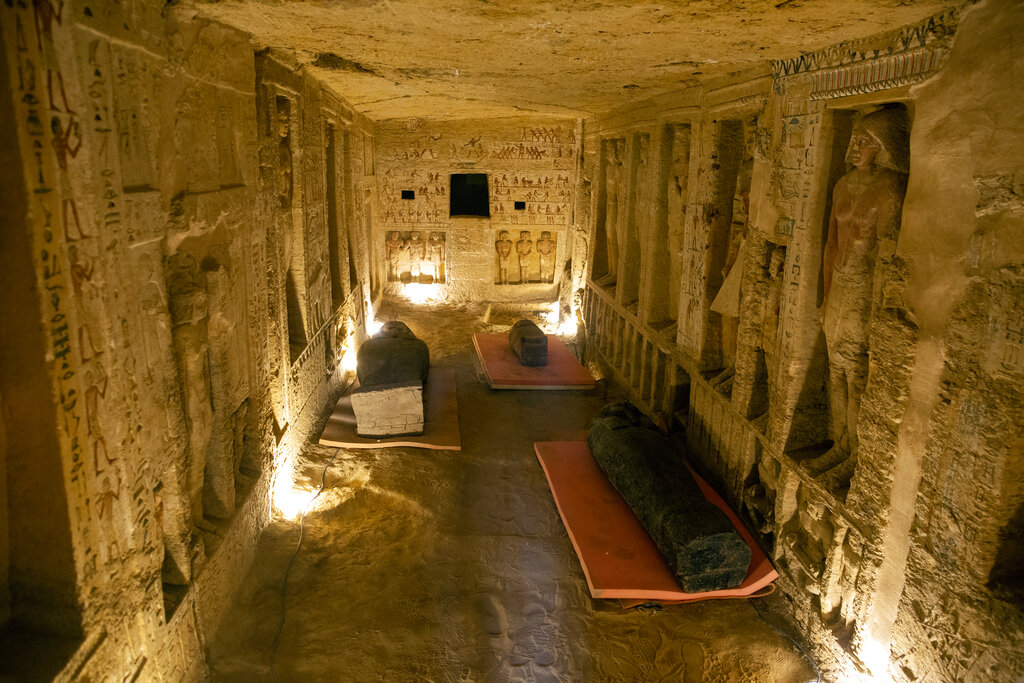
For Archaeologists aficionados
Egypt tomb: Sarcophagi buried for 2,500 years unearthed in Saqqara, The Largest Discovery of its kind.
A total of 27 sarcophagi buried more than 2,500 years ago have been unearthed by archaeologists in an ancient Egyptian necropolis.
They were found inside a newly-discovered well at a sacred site in Saqqara, Unesco World Heritage Site, south of the capital, Cairo.
13 coffins (completely closed and haven’t been opened since they were buried) were discovered earlier this month… and more than 100 painted coffins sealed and intact, and were found along with funerary masks, canopic jars—used to store mummified internal organs—and statues, says Khaled El-Enany, Egypt’s minister of tourism and antiquities. The discovery included mummified cats, crocodiles, cobras and birds.
The collection will be sent to the Egyptian Museum, the Grand Egyptian Museum, the National Museum of Egyptian Civilisation and the New Administrative Capital Museum.
Netflix streamed a 113-minute documentary on October 28th & released it globally in 190 countries with over 30 subtitles and dubbed into English. Secrets of the Saqqara Tomb follows the decoding of the tomb of an Old Kingdom priest Wahtye, unopened for 4,500 years, and the excavation of five shafts to uncover an ancient mystery. The film offers a window into the lives – and deaths – of one man and his family.
Link: https://www.bbc.com/news/world-middle-east-54227282
Watch the Excavation: www.facebook.com/watch/?v=770515713506311
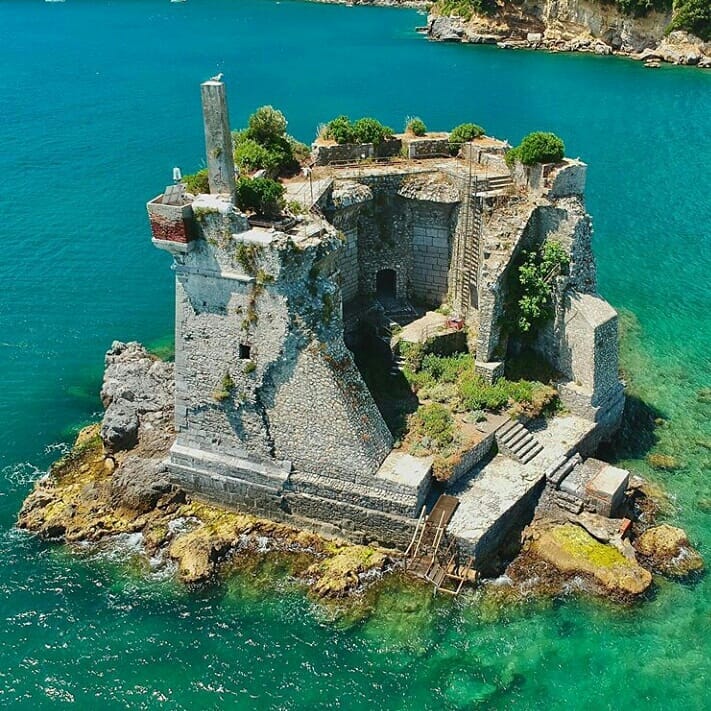
Article from CondeNast (cntraveller).
“Italy’s great art cities attract millions of visitors each year, and quite rightly so. But this extraordinarily diverse country is stuffed with glorious, lesser-known destinations, many of which lie well off the beaten tourist trail. This is our choice of some of the best small towns and villages covering sleepy, sun-drenched fishing communities, splendid bastions of the Baroque and medieval hilltop set-pieces. Efforts will be rewarded by fabulous food and wine, warm hospitality and a sense of having discovered something a bit different”.
My pick:
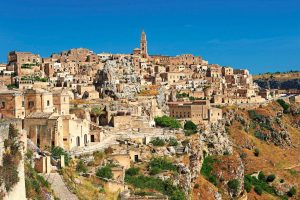
MATERA, BASILICATA
It’s difficult to believe that Matera, located in the little-visited region of Basilicata and now glowing from its 2019 stint as European Capital of Culture, was one of western Europe’s most deprived towns until the 1950s. Designated a UNESCO World Heritage Site, the honeycomb of ancient troglodyte dwellings (sassi) that lies below the honey-hued medieval town is now largely restored and occupied by galleries, restaurants and hotels. But to get an idea of what cave living must have been like, you can visit the fascinating Casa Grotta di vico Solitario, or even sleep in one if you don’t mind windowless rooms.
STAY: Sextantio Le Grotte della Civita, sextantio.it
EAT: Dimora Ulmo, dimoraulmo.it
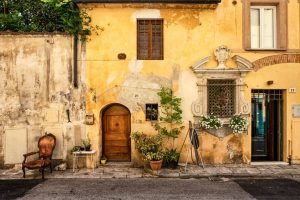
PIETRASANTA, TUSCANY
Lying just inland from the wide strip of lido-occupied beaches that fringe the Versilia coastline north of Pisa and backed by the majestic, marble-rich Apuanian Alps, mellow old Pietrasanta has long been home to a vibrant community of artists and sculptors, its bronze foundries and marble studios attracting the likes of Mitoraj, Botero and Henry Moore. It is dozy off-season, but busier in warmer weather when a cool, arty crowd drifts up from the coast to explore its galleries and independent boutiques and sip Campari spritz in the lovely Piazza del Duomo.
STAY: Albergo Pietrasanta, albergopietrasanta.com
EAT: L’Enoteca Marcucci, enotecamarcucci.it
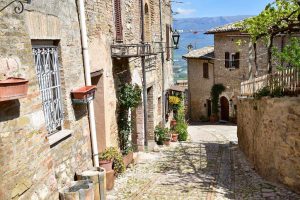
MONTEFALCO, UMBRIA
In the wine world, the charming little medieval hilltown of Montefalco is synonymous with Sagrantino, the full-bodied and highly prized local red wine, its vines turning the surrounding hills deep russet-red just before the grape harvest. Known as ‘the balcony of Umbria’ because of its far-reaching views, the town has five entrance gates, each of which leads, via a cobbled lane, up to the round-ish central piazza. Don’t leave without tasting the wine and seeing Benozzo Gozzoli’s exquisite 1452 fresco cycle depicting the life of St Francis in the Convento di San Fortunato.
STAY: Palazzo Bontadosi, hotelbontadosi.it
EAT: Coccorone, coccorone.it
To read more, click on the link: https://www.cntraveller.com/gallery/prettiest-small-towns-italy
https://www.cntraveller.com/gallery/beautiful-pictures-of-italy
